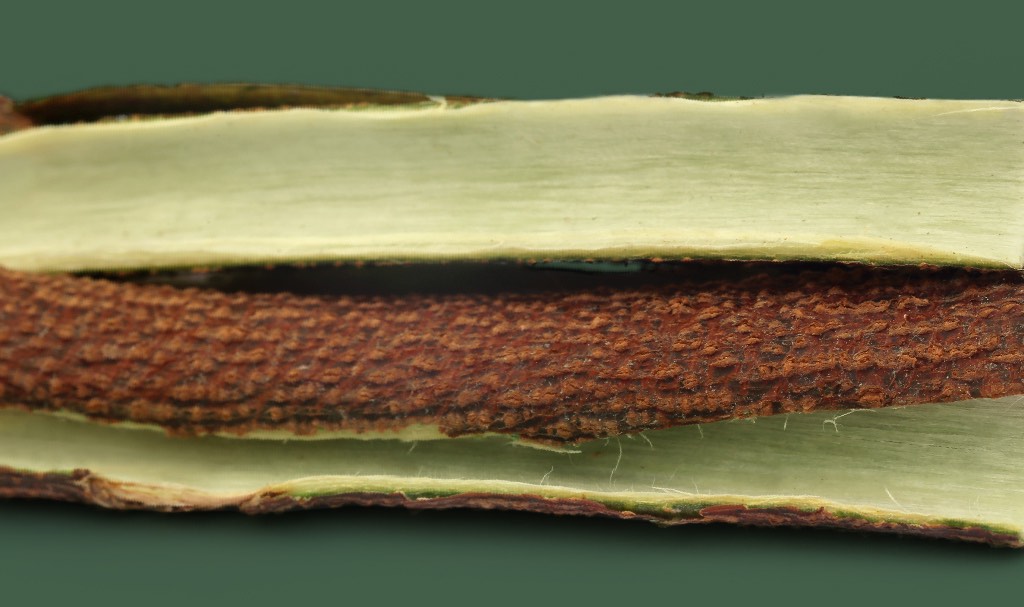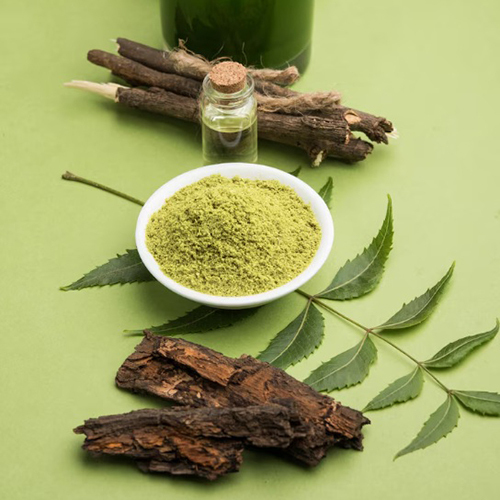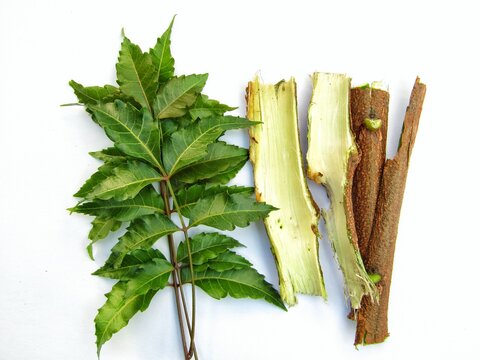INTRODUCTION:
Neem bark comes from the Neem tree (Azadirachta indica), a fast-growing, evergreen tree native to the Indian subcontinent. Known as the “village pharmacy” in India, every part of the Neem tree—leaves, seeds, oil, and bark—has been used in Ayurvedic, Unani, and traditional medicine for centuries due to its wide range of medicinal and pesticidal properties.

Hindi: नीम (Neem)
Sanskrit: निम्ब (Nimba) or अरिष्ट (Arishta)
Tamil: வேப்ப மரம் (Vepamaram)
Telugu: వేప చెట్టు (Vepa Chettu)
Kannada: ಬೇವು (Bevu)
Malayalam: ആര്യവേപ്പ് (Aryaveppu) or വേപ്പ് (Veppu)
Marathi: कडुनिंब (Kadunimb)
Gujarati: લીમડો (Limbdo)
Bengali: নিম (Nim)
Punjabi: ਨੀਮ (Neem)
Urdu: نیم (Neem)
Odia: ନିମ୍ବ (Nimba)
Assamese: নিম (Neem)
HEALTH BENEFITS:

Fights bacteria:
The bark contains active compounds like nimbidin and azadirachtin that combat plaque-causing bacteria such as Streptococcus mutans.
Prevents gum disease:
Its antiseptic and astringent properties can help prevent gingivitis and other gum problems.
Soothes toothaches:
Traditionally, neem twigs were chewed to relieve toothaches and clean teeth.
Reduces ulcers:
Neem bark extracts may help with mouth ulcers and infections.
Heals ulcers:
Some research suggests that neem bark extract can help heal stomach and intestinal ulcers by reducing gastric secretions.
Soothes an upset stomach:
It can help relieve stomach upsets and balance the gut, according to traditional Ayurvedic medicine.
Eliminates worms:
The bark has been used to treat intestinal worms.
Heals wounds:
The bark has antiseptic and astringent properties that aid in healing wounds.
Reduces inflammation:
Its anti-inflammatory effects can help manage infections and inflammation in the skin.
Fights skin diseases:
Neem is traditionally used to treat various skin conditions, such as boils, ulcers, and eczema.
Antioxidant effects:
Extracts from neem bark possess antioxidant properties, which help protect cells from damage.
Fever reduction:
The bark is used in traditional medicine to control fever.
Malaria treatment:
Historical use in Ayurveda and Unani medicine, though research is still ongoing.
Anti-cancer potential:
Preliminary research has shown some anticancer effects, though clinical trials are lacking.
Boosts immunity:
By stimulating T-cell production, neem can enhance the body’s immune response to fight infections.
SIDE EFFECTS:

Gastrointestinal Issues
Nausea
Vomiting
Allergic Reactions
Skin rash
Itching
Redness or swelling (especially with topical use)
Low Blood Sugar (Hypoglycemia)
Neem can lower blood sugar levels, which may be dangerous for people with diabetes already on medication.
Liver and Kidney Strain (with long-term use)
Excessive or prolonged consumption (especially of neem oil or bark extract) may harm the liver or kidneys.
HOW TO USE:

1. Neem Bark Powder
Usage:
Internally (as a supplement):
Mix ¼ to ½ teaspoon of neem bark powder in warm water.
Drink once daily, preferably on an empty stomach.
Traditionally used for blood purification, digestion, and skin problems.
Externally (for skin):
Mix neem bark powder with water or rose water to form a paste.
Apply to acne, eczema, or fungal infections.
Leave for 15–20 minutes, then rinse off.
Caution: Avoid internal use without medical supervision if pregnant, breastfeeding, or under medication.
2. Neem Bark Decoction (Herbal Tea)
How to Make:
Boil 1 teaspoon of neem bark powder or crushed bark in 1–2 cups of water.
Simmer for 5–10 minutes, then strain.
Let it cool slightly and drink.
Benefits:
Supports detoxification
May help manage blood sugar
Acts as a natural antiparasitic
Taste Warning: Neem bark tea is very bitter. You can add a small amount of honey (if not contraindicated) to improve taste.
3. Neem Bark for Dental Care
Traditional Use:
Chew small pieces of neem bark or twigs directly to clean teeth and gums.
It helps fight plaque, bacteria, and gum infections.
Modern Use:
Neem bark powder is used in natural toothpastes or can be made into a paste with baking soda for brushing.
4. Neem Bark Paste (Topical Use)
For skin issues like:
Acne
Psoriasis
Fungal infections
Wounds
How to Use:
Mix neem bark powder with water, aloe vera gel, or turmeric.
Apply directly to the affected area.
Leave for 20–30 minutes, then rinse.
5. Neem Bark Capsules/Tablets
For convenience:
- Neem bark is available in capsule or tablet form in herbal stores.
- Follow recommended dosage on the label or as prescribed by an Ayurvedic practitioner.
Who Should Avoid Neem:
Pregnant women: Neem may cause miscarriage or premature labor.
Breastfeeding mothers: Safety is not well established.
Infants and small children: Neem oil is toxic when ingested.




